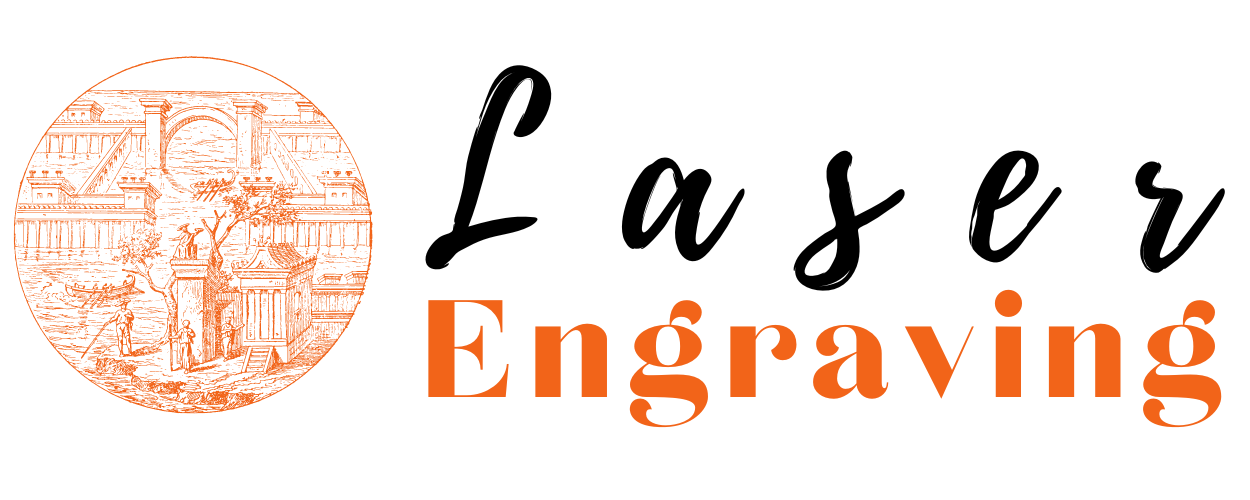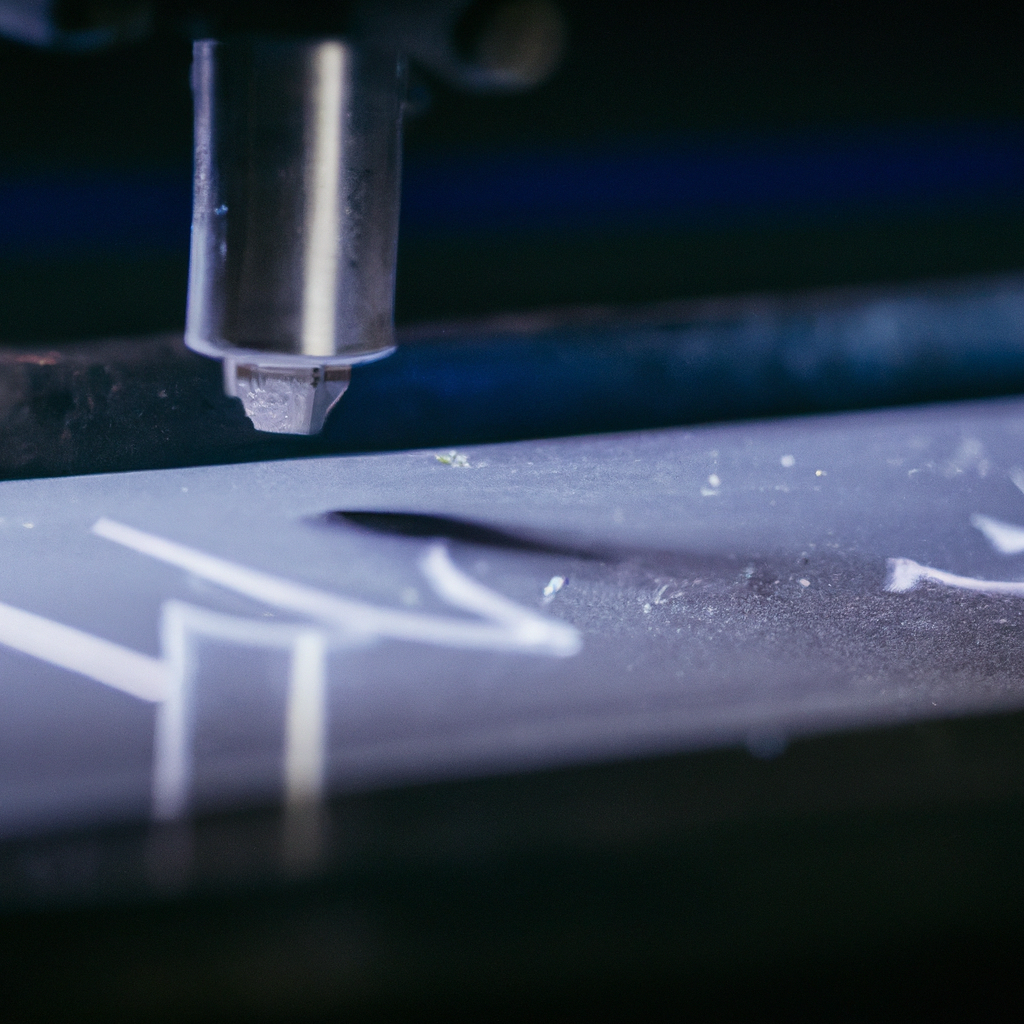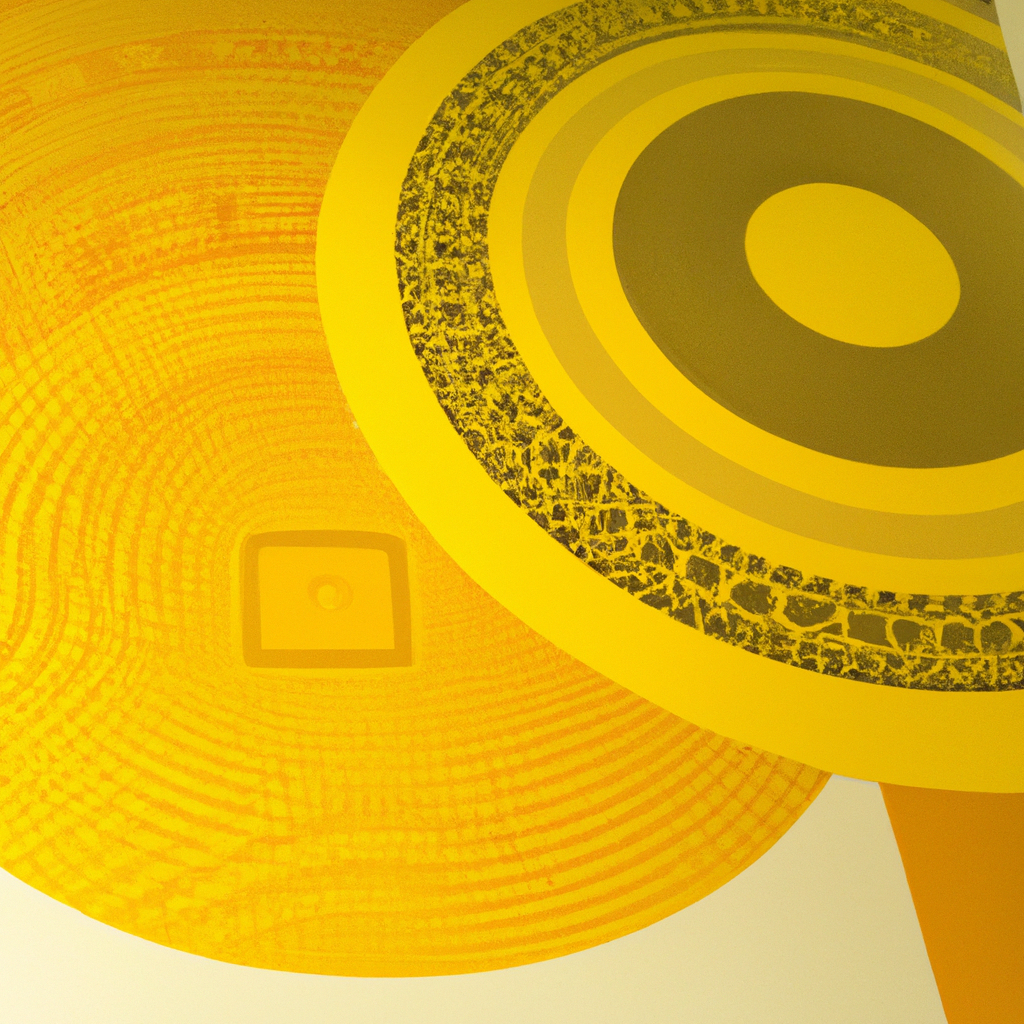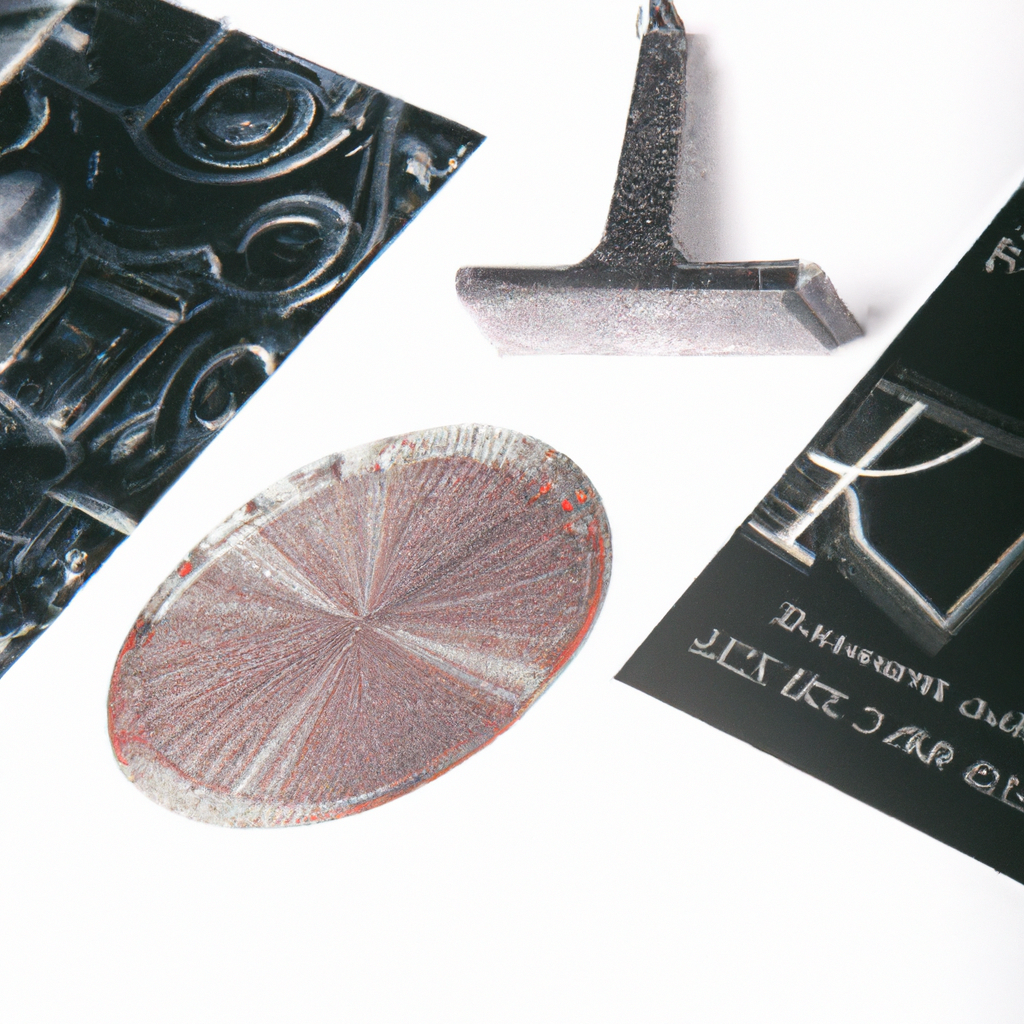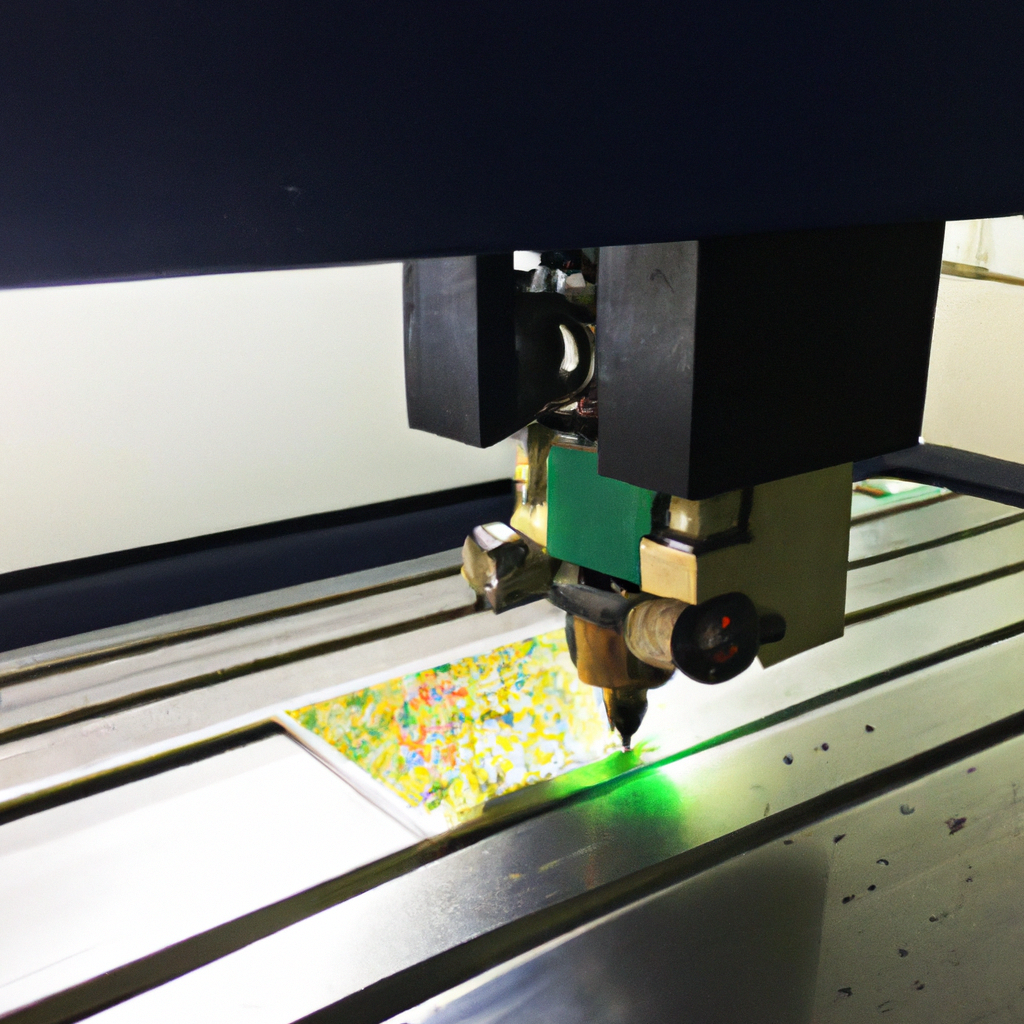Laser Engraving for Metal Items
Laser engraving has become increasingly popular in recent years, offering a precise and durable method of adding designs, logos, or text to various metal items. Whether you are a business owner looking to enhance your brand or an individual seeking a unique and personalized touch, laser engraving is an excellent choice for transforming metal items into remarkable works of art. In this article, we will delve deeper into the world of laser engraving for metal items, exploring its benefits, applications, and the process involved.
The Benefits of Laser Engraving
Laser engraving offers numerous advantages over traditional engraving methods, making it the preferred choice for many individuals and businesses. Some of the key benefits include:
-
Precision and Durability: Laser engraving provides unmatched precision, allowing for intricate and detailed designs to be engraved onto metal items with utmost accuracy. The laser beam melts the metal surface, creating a permanent and lasting mark that is resistant to fading, wear, and tear.
-
Versatility: Laser engraving can be performed on a wide range of metal materials, including stainless steel, aluminum, brass, copper, and more. It is suitable for various metal items, such as jewelry, promotional products, plaques, trophies, signage, and even firearms.
-
Customization: With laser engraving, the possibilities for customization are endless. Whether you desire personalized jewelry with names and special dates, branded corporate gifts, or unique designs on industrial parts, laser engraving allows for limitless creativity and customization options.
-
Time Efficiency: Laser engraving is a relatively quick process, especially when compared to traditional engraving methods. The laser beam works at high speeds, making it an efficient choice for larger production runs or tight deadlines.
-
Non-Contact Process: Unlike other engraving techniques that require physical contact with the material, laser engraving is a non-contact process. This means that delicate or sensitive metal items can be engraved without the risk of damage or deformation.
Applications of Laser Engraving for Metal Items
The versatility of laser engraving makes it suitable for a wide array of applications across various industries. Let’s explore some of the common applications of laser engraving for metal items:
1. Jewelry and Accessories
Laser engraving adds a touch of personalization and uniqueness to jewelry and accessories. From rings and bracelets to pendants and cufflinks, laser engraving can etch intricate patterns, names, initials, or special messages onto precious metals like gold, silver, or titanium.
2. Promotional Products
Businesses often leverage laser engraving to create memorable promotional products. Laser-engraved pens, keychains, USB drives, and bottle openers can be customized with company logos, slogans, or contact information, making them ideal for giveaways, trade shows, or corporate events.
3. Industrial and Manufacturing
In the industrial and manufacturing sectors, laser engraving is commonly used for marking and labeling metal parts. Components, tools, and machinery can be permanently engraved with serial numbers, barcodes, or product information, ensuring traceability and improving inventory management.
4. Signage and Nameplates
Laser-engraved metal signage and nameplates offer a professional and sophisticated appearance. Whether it’s for office door signs, directional signage, or equipment labels, laser engraving provides clear and crisp results that withstand the test of time.
5. Firearms and Knives
Gun enthusiasts and knife collectors often seek laser engraving services to personalize their firearms or blades. Intricate designs, logos, or text can be etched onto gun barrels, receivers, grips, or knife blades, adding a unique touch of style to these items.
The Laser Engraving Process
The laser engraving process involves several steps to ensure precise and accurate results. Here’s a simplified breakdown of the process:
-
Design Preparation: The first step is to create or obtain the desired design in a digital format. This can be done using graphic design software or by outsourcing the design to a professional. The design should be formatted correctly, taking into account the size and shape of the metal item to be engraved.
-
Material Preparation: The metal item to be engraved should be cleaned and prepared before the laser engraving process. Any dirt, dust, or oils on the surface can affect the quality of the engraving.
-
Laser Engraving Settings: The laser parameters, such as power, speed, and frequency, need to be adjusted based on the metal material and desired engraving depth. These settings ensure optimal results without damaging the metal item.
-
Engraving Process: Once the design and settings are finalized, the metal item is securely positioned within the laser engraving machine. The laser beam is then directed onto the metal surface, where it vaporizes or melts the metal, creating the desired engraved pattern or text.
-
Post-Engraving Finishing: After the engraving is complete, the metal item may require some post-processing. This can involve cleaning off any debris, applying protective coatings, or polishing the engraved surface to enhance its appearance.
Conclusion
Laser engraving for metal items offers a multitude of benefits, from precise and durable markings to endless customization possibilities. Whether you are looking to add a personal touch to your jewelry, create branded promotional products, or label industrial parts, laser engraving provides a reliable and efficient solution. By understanding the applications and process involved, you can make informed decisions when it comes to utilizing laser engraving for your metal items.
Note: The content above has been provided in markdown format as per your request.
